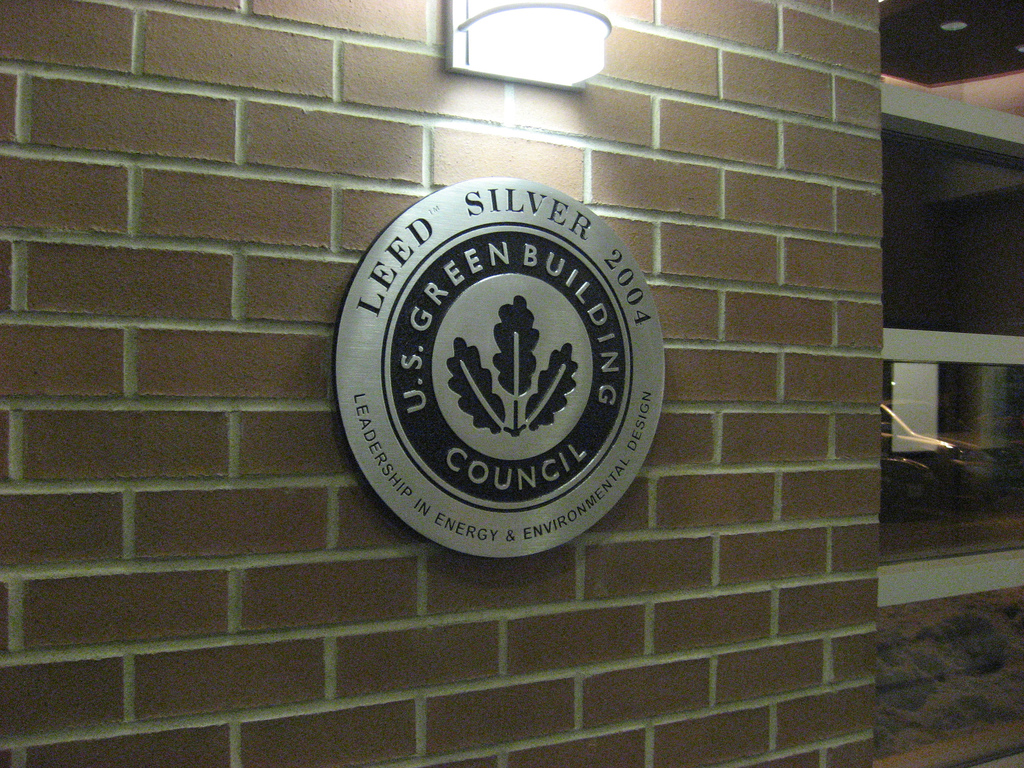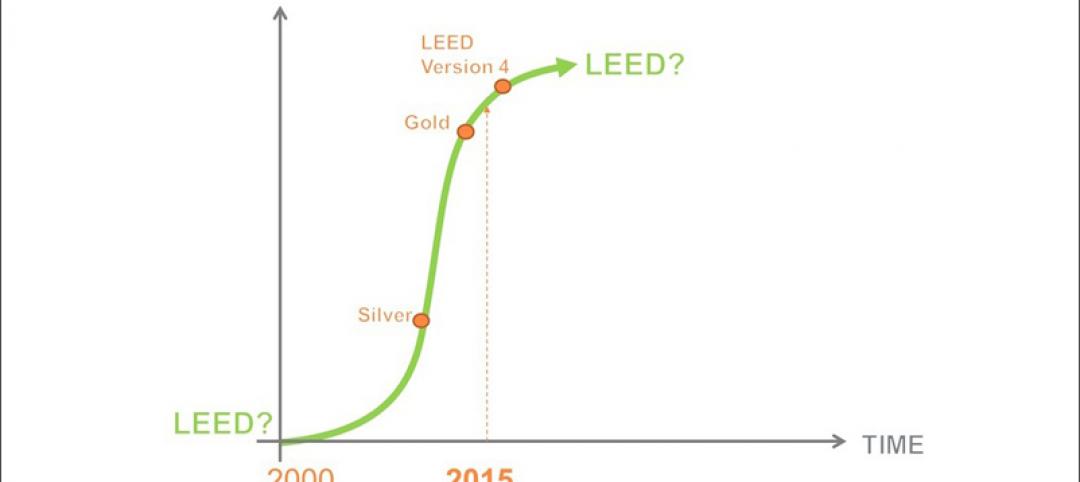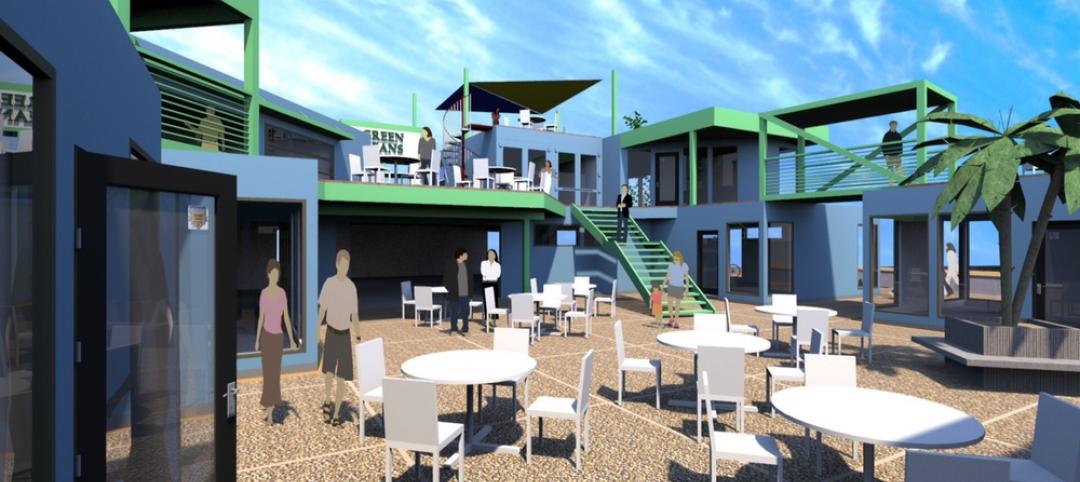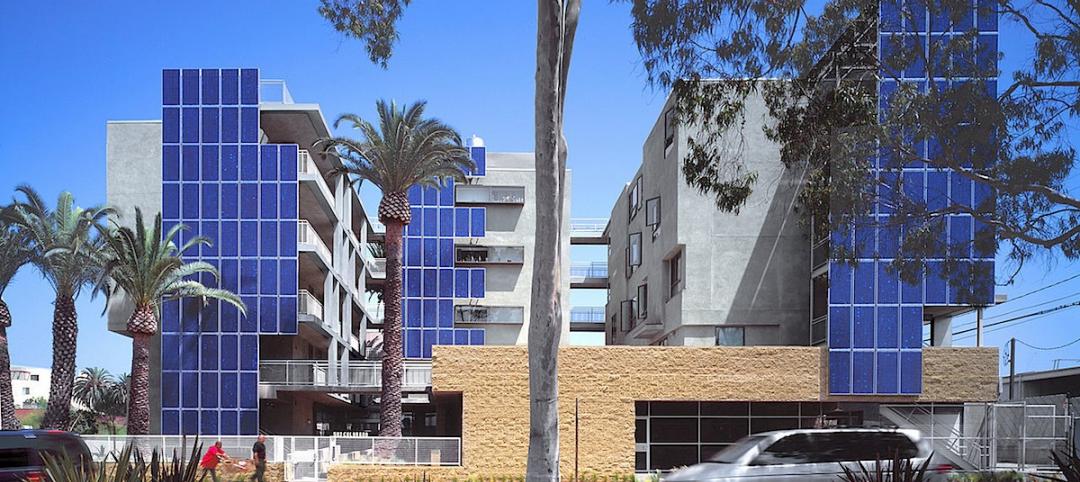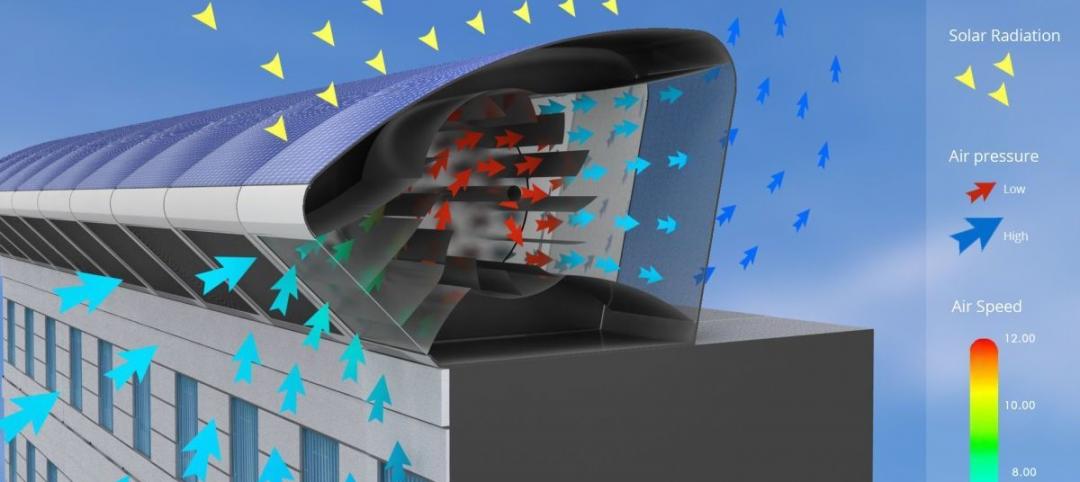The U.S. Green Building Council (USGBC) unveiled a new governance structure with two leadership bodies.
An advisory council has been added to the organization to set policy in conjunction with the board of directors. This arrangement will be implemented in 2016.
“By having both a Board of Directors and an Advisory Council, we increase our ability to meet the challenges of a complex business environment,” said Rick Fedrizzi, CEO and founding chair, USGBC. “The individuals on our new board bring a unique perspective and unparalleled industry expertise that will allow us to navigate the changing global business landscape. And our Advisory Council members will provide deep market knowledge and technical expertise ...”
The Advisory Council will recommend policy and initiatives to the board. The board retains the legal authority to make policy, direct staff, and the ultimate fiduciary responsibility and liability for the advancement of USGBC’s business and mission.
USGBC’s membership elected the following individuals to serve as directors, effective Jan. 1, 2016:
- Bob Fox, Partner, COOKFOX Architects and Terrapin Bright Green (three-year term)
- Mike McNally, Principal, McNally Green, and retired President and CEO, Skanska USA (three-year term)
- Chrissa Pagitsas, Director, Green Initiative, Fannie Mae (two-year term)
- Janine Benyus, Partner and Cofounder, Biomimicry 3.8 (two-year term)
- Paul Anastas, PhD., Director, Center for Green Chemistry and Green Engineering, Yale University (1 year term)
- Aaron Bernstein, M.D., M.P.H., Associate Director, Center for Health and the Global Environment, Harvard Chan School of Public Health (one-year term)
- Bruce Oreck, Executive in Residence, Aalto University and former U.S. Ambassador to Finland (one-year term)
These directors will join Fiona Cousins and Rick Fedrizzi (ex officio) on the 2016 USGBC Board. The currently serving members of the USGBC Board of Directors will transition to seats on the Advisory Council, joining newly elected council members.
Related Stories
K-12 Schools | Feb 26, 2015
D.C.'s Dunbar High School is world's highest-scoring LEED school, earns 91% of base credits
The 280,000-sf school achieved 91 points, out of 100 base points possible for LEED, making it the highest-scoring school in the world certified under USGBC’s LEED for Schools-New Construction system.
Industrial Facilities | Feb 24, 2015
Starchitecture meets agriculture: OMA unveils design for Kentucky community farming facility
The $460 million Food Port project will define a new model for the relationship between consumer and producer.
Green | Feb 23, 2015
State of the green union, and the next big shift in sustainability
The history of the green movement offers cues that we are on the precipice of another significant shift in the green union.
Codes and Standards | Feb 18, 2015
USGBC concerned about developers using LEED registration in marketing
LEED administrators are concerned about a small group of developers or project owners who tout their projects as “LEED pre-certified” and then fail to follow through with certification.
Multifamily Housing | Feb 18, 2015
Make It Right unveils six designs for affordable housing complex
BNIM is among the six firms involved in the project.
Codes and Standards | Feb 12, 2015
ASHRAE, USGBC, IES consider biomass requirements in green building standard
The proposal would add biomass to approved renewables.
Modular Building | Feb 12, 2015
New shipping container complex begins construction in Albuquerque
The Green Jeans Farmery already has a hydroponic farm component courtesy of owner and entrepreneur Roy Solomon.
Multifamily Housing | Feb 6, 2015
Fannie Mae to offer lower interest rates to LEED-certified multifamily properties
For certified properties, Fannie Mae is now granting a 10 basis point reduction in the interest rate of a multifamily refinance, acquisition, or supplemental mortgage loan.
Green | Feb 4, 2015
Illinois leads top 10 states for LEED green building
Collectively, 1,662 commercial and institutional projects became LEED certified within the top 10 states in 2014, representing 251.7 million sf of real estate.
Energy Efficiency | Jan 28, 2015
An urban wind and solar energy system that may actually work
The system was designed to take advantage of a building's air flow and generate energy even if its in the middle of a city.


